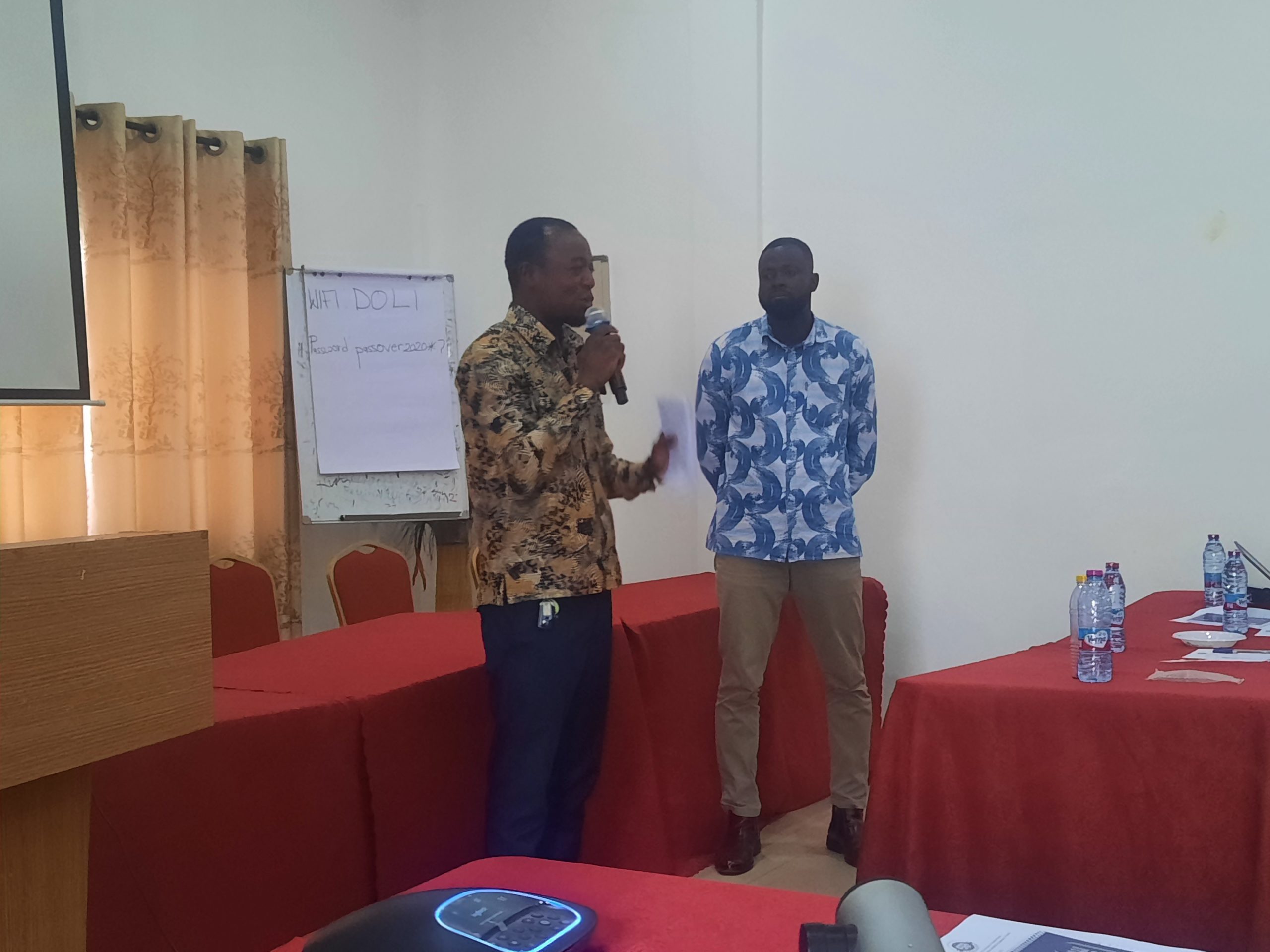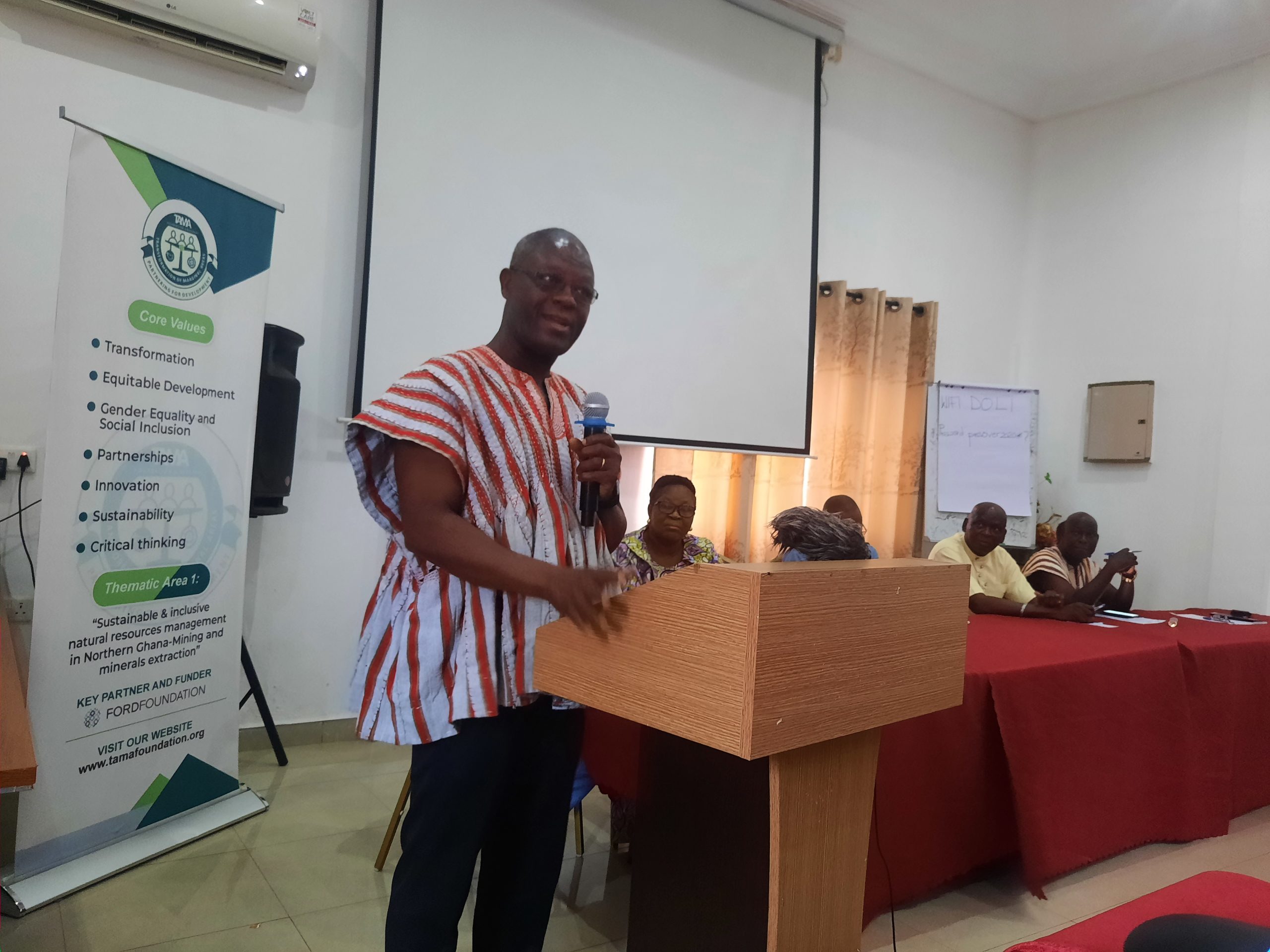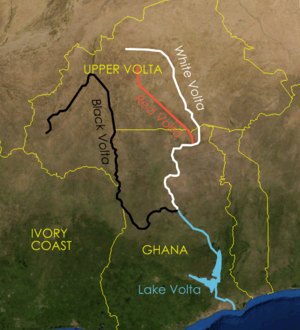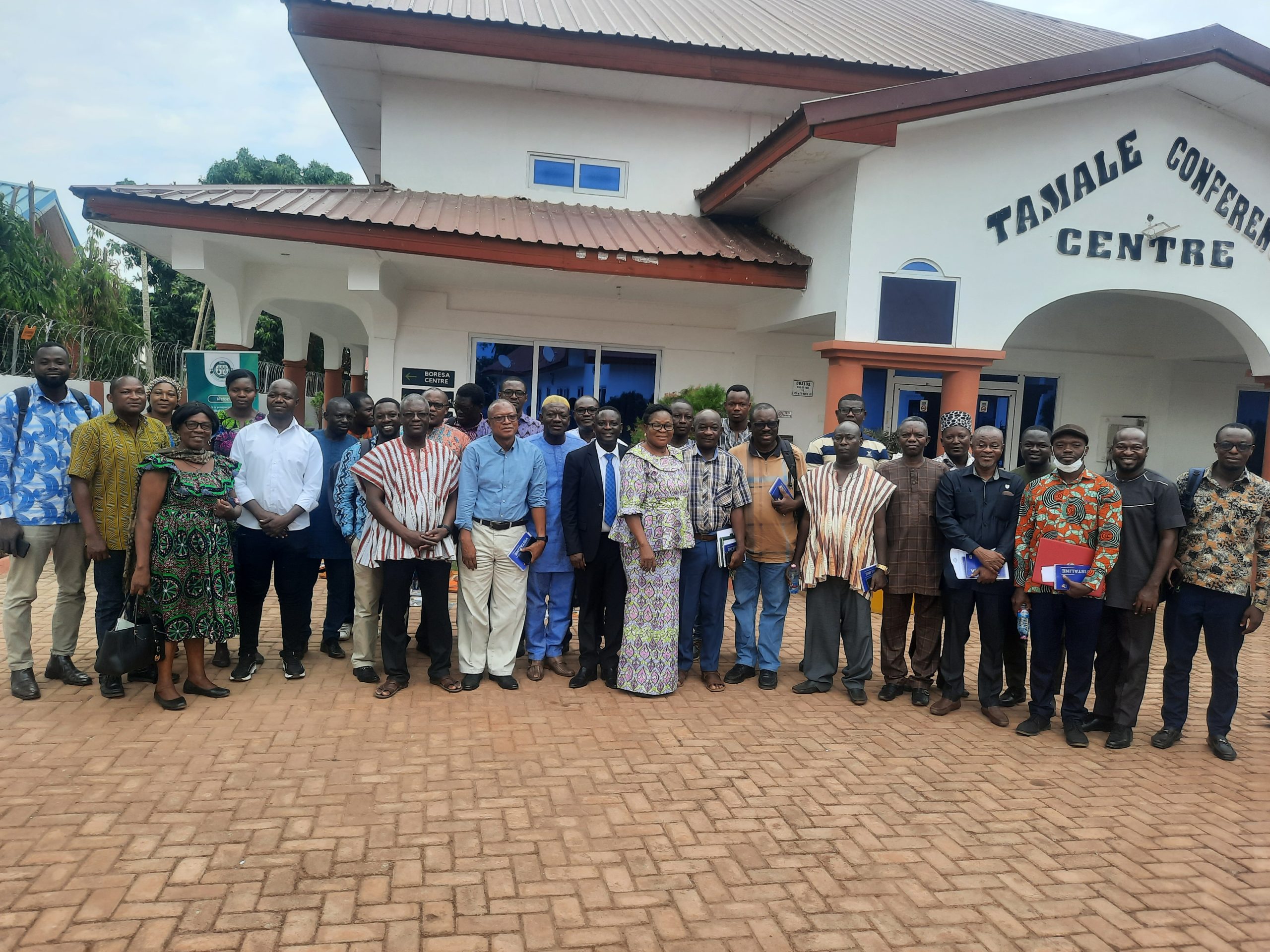Hey, like this? Why not share it with a buddy?

Under the scorching midday sun, Salifu Abugri, a 45-year-old smallholder farmer at Agatusi in the Bawku West District in the Upper East Region is slogging away along a stream with frustration written all over his face
The once hard-working farmer known for the cultivation of varieties of vegetables now finds himself in a desperate plight as he searches for drops of water to save his crops.
Each day on the field, his heart sinks deeper. His onion, tomato, cabbage and pepper plants wilt, crying for drops of water with their leaves curling and browning from lack of moisture.
The stream on which he depended for irrigation to sustain his livelihood for decades has dwindled to shallow pools, choked with mud and debris. It has shrunk to a mere trickle.
What was once a fertile land for the cultivation of vegetables is now thirsting for water that no longer flows.
Sharing his plight, he said “for some time now, enough water is not flowing in the stream and due to that farmers are unable to properly irrigate their crops. It used not to be like this, I believe it is due to the prolonged draught and changes of the weather condition.”
Wondering how to take care of his family because of the poor yield being recorded in recent times has been Mr Abugri’s nightmare.
At Ticheli, a suburb of the Tamale Metropolis, members of the community have dredged a dried dugout in search of water.
The dugout which has been serving the community with a population of about 500 is currently silted and dry. This has compelled the residents to trek several miles in search of water each day.
“The drought is having a toll on the lives of the people because the only source of water for them has dried up, so I decided to mobilise them to dredge the dugout so that when it rains it can hold some water for them,” Naa Sulemana Napari, Chief of the community, said.
Situation
Their stories paint a clear picture of a larger crisis unfolding across most communities in northern Ghana.
As temperatures soar and rainfall patterns become increasingly erratic, water sources that once sustained entire communities are now dying off rapidly.
Farmers who are already grappling with the challenges of poverty are bearing the brunt of the situation.
When the Daily Graphic visited communities such as Mion, Bunkpurugu, Ticheli, Funsi, Agatusi all in the Northern, North East, Upper West and Upper East regions, it was observed that a number of streams, ponds, dugouts and rivers were gradually dying off.
While some often dry up during the peak of the dry season, others have completely died off, as one cannot trace the exact locations where they used to flow.

It was also observed that human activities such as illegal mining, sand winning and agriculture activities had caused heavy pollution and destruction of most of the water bodies.
For instance, the River Dakar which is the main source of water for the residents in Yendi and its environs has been laid bare.
All the trees along the banks have been cleared for farming activities, exposing it to the direct excessive heatwaves.
The situation is not different at the Nawuni river which serves the people of Tamale and its environs, as it is under serious threat from the activities of sand winners.
The depth of the river has reduced drastically due to siltation, which has undermined its water holding capacity. Beyond that, illegal mining popularly known as ‘galamsey’ is also wreaking havoc to water bodies in the north.
Pollution, dry water bodies
Studies by organisations such as the Water Resources Commission of Ghana (WRC) have highlighted a decreasing trend in water availability due to climate change-induced droughts, increased water demand from growing populations and other human activities.
Similarly, a recent study conducted by the CSIR-Water Research Institute has revealed high contamination of bacteria in water bodies in all mining areas in northern Ghana.
For instance, the data analysis of water bodies at Sheini, Nangruma, Bulinga, Nangodi and Kandema, among other areas, revealed a prevalence of total and faecal coliforms of 100 and 81 per cent; E. coli and faecal enterococci, 18.75 per cent; pseudomonas aeruginosa, 31 per cent, and clostridium perfringens, six per cent.

Additionally, the study showed that the White Volta River was polluted with heavy metals. It contained chemical oxygen demand levels of 1135mg/l; Iron 0.977mg/l; manganese 2.635mg/l; arsenic 1.45mg/l; cadmium 0.132mg/l and chromium 0.8mg/l, as against 250, 0.3: 10, 0.4, 0.010: 1.0, 0.003: 0.1 and 0.05: 0.1 recommended levels by the World Health Organisation (WHO) and Environmental Protection Agency (EPA) respectively.
A Research Scientist at CSIR-Water Research Institute, Zita Naangmenyele Abuntori, said the White Volta River and other water bodies in all mining areas in the north were under serious threat due to the use of mercury and other harmful chemicals for mining.
For her, the use of the raw water could pose health risks to humans, especially infants, the aged and immune-compromised ones as a result of the heavy metals present.
Danger awaits
Virtually the lives of all communities revolve around the existence of water bodies and their gradual disappearance and pollution is having devastating impact on their lives.
An Environmental Activist, Dr Chrys Anab, is much concerned about the increasing rate of destruction of the water bodies and said if urgent measures were not taken to address the situation, there could be a serious water crisis in the area.
“Mining, sand winning and various forms of human activities are beginning to pollute the water bodies.”
“Water is a critical resource, so if they are being polluted, then we have a big issue and this is the time to confront the issues rather than waiting till the problem is terrible for everybody,” he pointed out.
He recounted how community members used to depend largely on streams, ponds and dugouts for their livelihoods decades ago but were now struggling to access potable water.
Dr Anab, who is the Executive Director of TAMA Foundation Universal, called for strict enforcement of the laws and regulations on water bodies, as well as the adoption of pragmatic measures to address the situation.
Buffer zone policy
In 2014, the WRC launched a national policy document on Riparian Buffer Zone Protection for managing freshwater bodies in the country.
The policy was designed as a harmonised document of all the dormant and fragmented regulations in the country concerning buffers bordering water bodies or river systems.
It was also aimed at providing comprehensive measures and actions that would guide the creation of vegetative buffers for the preservation and functioning of the nation.
According to the document, recommended buffer widths for water bodies are; municipal reservoir shoreline protective areas such as Weija Dam and Lake Bosomtwe, 60 to 90 metres; major perennial rivers or streams such as the Volta, Offin and Tano, 10 to 60 metres and streams within forest reserves, 10 to 50 metres.
Policy enforcement
To ensure effective enforcement of the Buffer Zone Policy, the commission is currently undertaking a nationwide stakeholders’ consultation to collate input on the draft Legislative Instruments (LIs) on Water Resources Pollution Prevention, and Control of Effluent Discharge and Riparian Buffer Zones Regulations.
The acting Executive Secretary of Water Resources Commission, Dr Bob Alfa, expressed optimism that the LIs, when passed, into law would be very critical in addressing key water resources pollution and buffer degradation activities in the country.
“I am confident that the outcomes of the nationwide engagements will better position stakeholders to be able to plan, implement and carry out other actions that will reduce water pollution, land degradation and contribute to resilient ecosystem function within our basins,” he said.
Achieving SDGs, call to action
The stories of Mr Abugri and many other residents in rural communities is a reminder of the urgent need to protect the environment.
The Sustainable Development Goal (SDG) 6 seeks to ensure safe drinking water and sanitation for all, focusing on the sustainable management of water resources, wastewater and ecosystems, and acknowledging the importance of an enabling environment.
In the same manner, goal 15, is devoted to “protect, restore and promote sustainable use of terrestrial ecosystems, sustainably manage forests, combat desertification, and halt and reverse land degradation and also halt biodiversity loss.”
To achieve these goals, there is therefore the need for authorities to as a matter of urgency put in place pragmatic measures to protect the terrestrial ecosystems.
Also, all stakeholders must collaborate and work towards restoring lost vegetative covers along water bodies.




















